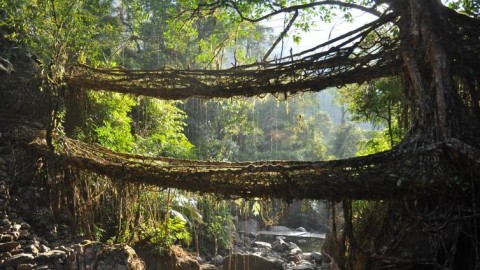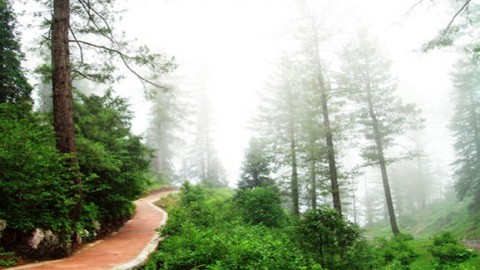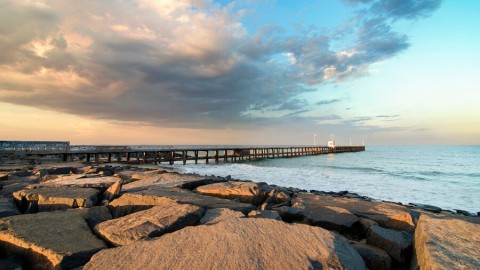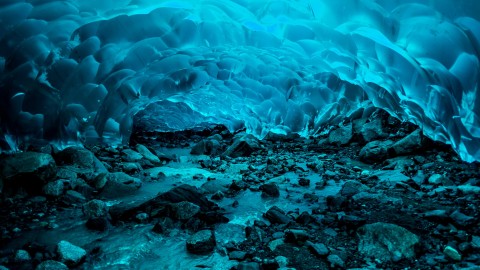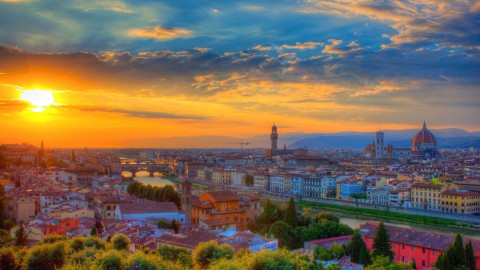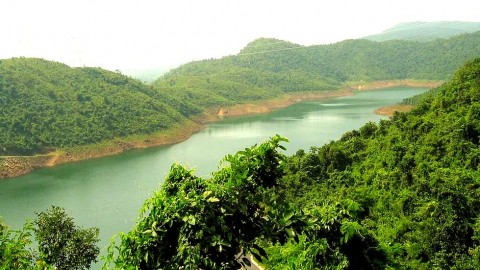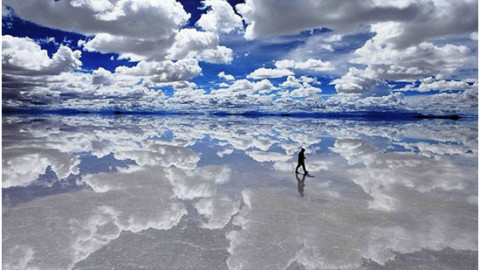Imagine nothingness and then imagine it some more! Being one of the remote places in India and the largest salt desert in the world, the Rann of Kutch is touted to be the largest stretch of salt marshes in the world.
Walking towards the blinding white desert, it is almost like nature is playing a trick on your eyes. From a distance it looks like it could be snow, but the temperature is warm. The salt will crunch beneath your feet as you walk on it, and some of the earth gives way beneath you where the water had still not entirely dissipated after monsoon. You will see nothing but pure white land before you that melted into the horizon.

There are no people or buildings in sight; it is like reaching the end of the earth.As the sun starts to set, the colours slowly change from red to grey to black and you will witness the salt reflecting these changing colours of the sun. In some parts, the monsoon water can still be seen, creating a little island in the middle of the salt desert. The sun reflected on the edge of the water, in a ring of bright blue. The view is both, spectacular and peaceful.
Colours, arts and crafts grace this geographical wonderland. A cradle of craftsmanship, Kutch is known for its exquisite variety of weaving, patchwork, block-printing, bandhani, tie-and-dye, rogan-art and other ethnic styles of embroidery, pottery, wood-carving, metal-crafts and shell-work.

The variety emerges from the enchanting terrain that provides a perfect backdrop to an extra ordinary fair, The Rann Utsav. Perhaps because the landscape is so white and ochre, even a hint of colour adds a fascinating element to the rustic life of Rann.The Great Rann of Kutch also attracts a large number of migratory species every year and is a paradise for bird watchers and lovers alike.
Rann of Kutch is something you wouldn’t want to miss. The best time to visit the Rann of Kutch is between October and March.
Tags: Rann of Kutch Rann of Kutch tour Rann of Kutch travel

